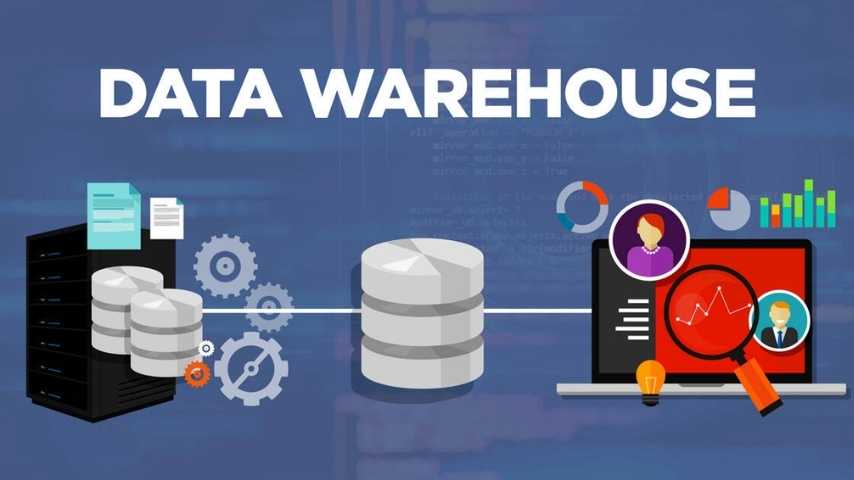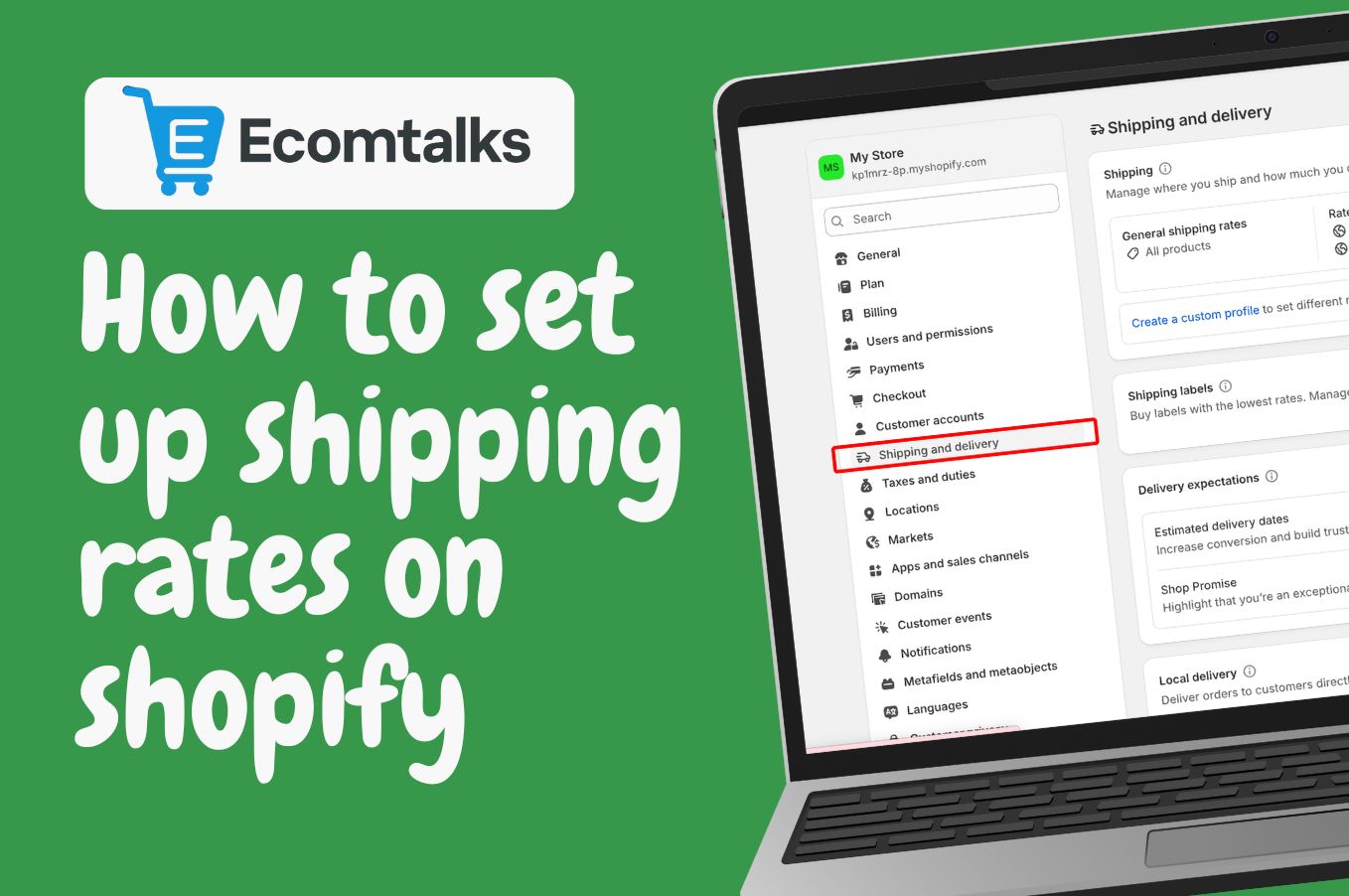What Is an Ecommerce Data Warehouse and Why It Matters
In the competitive world of online retail, data is the new currency. Every click, every purchase, and every customer interaction generates a valuable piece of information. But this information is often scattered across a tangled web of platforms—your Shopify store, Google Analytics, Facebook Ads manager, and Klaviyo email campaigns. How do you connect the dots to see the bigger picture?
The answer is a strategic shift towards a central source of truth. This guide explores the ecommerce data warehouse, a foundational tool that transforms data chaos into a clear roadmap for sustainable growth.
What Is an Ecommerce Data Warehouse?
At its core, an ecommerce data warehouse is a central repository designed specifically to collect, store, and manage vast amounts of data from all the disparate systems your business relies on. Think of it not just as a storage unit, but as the main intelligence hub for your entire operation.

It integrates critical information from your ecommerce platform (like sales and customer data), web analytics tools (like user behavior), advertising channels (like ad spend and conversions), and customer support systems. By bringing all this information together, you can finally move beyond isolated metrics and gain a holistic view of your business's health.
Why Ecommerce Businesses Need a Data Warehouse
As a business scales, the limitations of separate dashboards become painfully obvious. You start asking more sophisticated questions that your siloed systems simply cannot answer. "What is the true lifetime value of a customer we acquired through TikTok?" or "How did last week's email promotion impact inventory levels of our best-selling products?"
Answering these questions without a unified system involves a frustrating, manual process of exporting spreadsheets and trying to stitch them together—a method that is not only time-consuming but also prone to error. An ecommerce data warehouse solves this fundamental problem by breaking down these "data silos." It creates a single, reliable source of truth that empowers every team, from marketing to operations, to make smarter, data-backed decisions with confidence.
Key Benefits of an Ecommerce Data Warehouse
Adopting a data warehouse isn't just a technical upgrade; it's a strategic move that unlocks profound advantages for any growing ecommerce brand:
- A Single Source of Truth: Eliminate conflicting reports and ensure marketing, finance, and operations are all aligned, working from the same verified data.
- A 360-Degree Customer View: Link browsing history, purchase records, and marketing interactions to truly understand customer behavior and calculate accurate metrics like Customer Lifetime Value (CLV).
- Advanced Personalization: Use rich, unified profiles to deliver tailored product recommendations, targeted ads, and custom website experiences that boost conversions.

- Optimized Inventory and Operations: Forecast demand with greater accuracy by analyzing historical sales trends and marketing impact, preventing costly stockouts or overstocking.
- Maximized Marketing ROI: Move beyond last-click attribution to understand the full customer journey, allowing you to invest your budget in the channels that deliver the most value.
How an Ecommerce Data Warehouse Works
The journey of data from its source to an actionable insight within a warehouse is typically managed by a process known as ELT (Extract, Load, Transform). First, the system extracts data from all your sources, like the Shopify API or Google Ads. Next, this raw, unfiltered information is loaded directly into the cloud data warehouse, which is built to handle it efficiently.
Finally, the crucial transformation stage begins. Inside the warehouse, the data is cleaned, structured, and remodeled for analysis. This involves standardizing date formats, joining customer data from different platforms, and creating custom business metrics.
Once transformed, this clean data is ready for analysis using Business Intelligence (BI) tools like Looker or Tableau, where it can be turned into intuitive dashboards and reports.
Ecommerce Data Warehouse vs. Traditional Databases
It's a common point of confusion, but a data warehouse is fundamentally different from the database that runs your online store. The two are designed for completely opposite tasks.
Think of your store's database (like the one behind Shopify) as a busy cashier at a retail store. Its job is to process thousands of individual transactions—like taking an order or updating inventory—as quickly and efficiently as possible. It is optimized for fast, simple "read and write" operations.

In contrast, the ecommerce data warehouse is like the company's head office analytics department. Its purpose is not to process single transactions but to analyze all the historical data from every cashier combined. It’s built to handle complex queries that look across millions of records to find trends, patterns, and strategic insights, such as "What was our total profit by product category in the last quarter?" One is for running the business day-to-day; the other is for analyzing the business to steer its future.
Choosing the Right Data Warehouse Platform for Ecommerce
The good news is that powerful, cloud-based solutions have made this technology more accessible than ever. When choosing a platform, you should look for one that can scale with your data growth, offers seamless integrations with the tools you already use, and provides the performance needed to run complex queries quickly.

Leading platforms like Google BigQuery, Snowflake, and Amazon Redshift each offer unique pricing models and advantages, so it's important to select the one that best fits your technical ecosystem and budget.
Common Use Cases in Ecommerce
So, what can you actually do with this unified data? The possibilities are transformative. You can perform advanced customer segmentation, creating groups like "high-value repeat buyers" or "at-risk customers" for hyper-targeted retention campaigns. This enables sophisticated strategies like RFM analysis, which helps you identify and reward your best customers based on their Recency, Frequency, and Monetary value.
On the marketing front, you can map the full customer journey to understand how a blog post, a social media ad, and an email campaign all contributed to a single sale. For operations, you can analyze product performance to identify which items have the best profit margins, which are frequently returned, and which are often purchased together, helping you optimize merchandising and create effective product bundles.
Final Thoughts
In today's digital marketplace, the most successful ecommerce brands are not just selling products; they are mastering data. Transitioning from fragmented reports to a unified analytical environment is no longer a luxury for large corporations—it’s a competitive necessity for brands of all sizes.
An ecommerce data warehouse serves as the foundational pillar for building a data-driven culture. It empowers you to understand your business with unprecedented clarity, optimize every facet of your operations, and make strategic decisions with confidence. By investing in a central source of truth, you're not just organizing data; you're building a more intelligent, resilient, and profitable business for the future.
If you’re new to the world of online selling, take a quick tour through Ecommerce Basics — a collection of simple, helpful guides to get you started the right way.








.jpg)
.jpg)